Outbuild is online scheduling software to work together on connected project schedules and look-aheads, enabling everyone to move faster.
Key Takeaways
Table of contents
- Let’s Rethink the Way We Plan
- The 10 Planning Habits Holding Us Back
- Smarter Scheduling Reference Guide
- Let Go of the Old Playbook
In construction, we often assume owners want overly-detailed schedules right away — every milestone, every activity, mapped out — even before we break ground.
But here’s the truth: We only think that’s what they want because it’s what we’ve always done. What if they don’t actually need it? What if overly-detailed schedules are getting in the way?
This blog explores:
- Why we default to over-planning in construction
- What owners actually care about
- How to give them (and the field) what really works
If you’ve ever felt like your schedule is bloated, hard to follow, or too detailed too early — you're not alone. Below are 10 concepts to consider when scheduling.
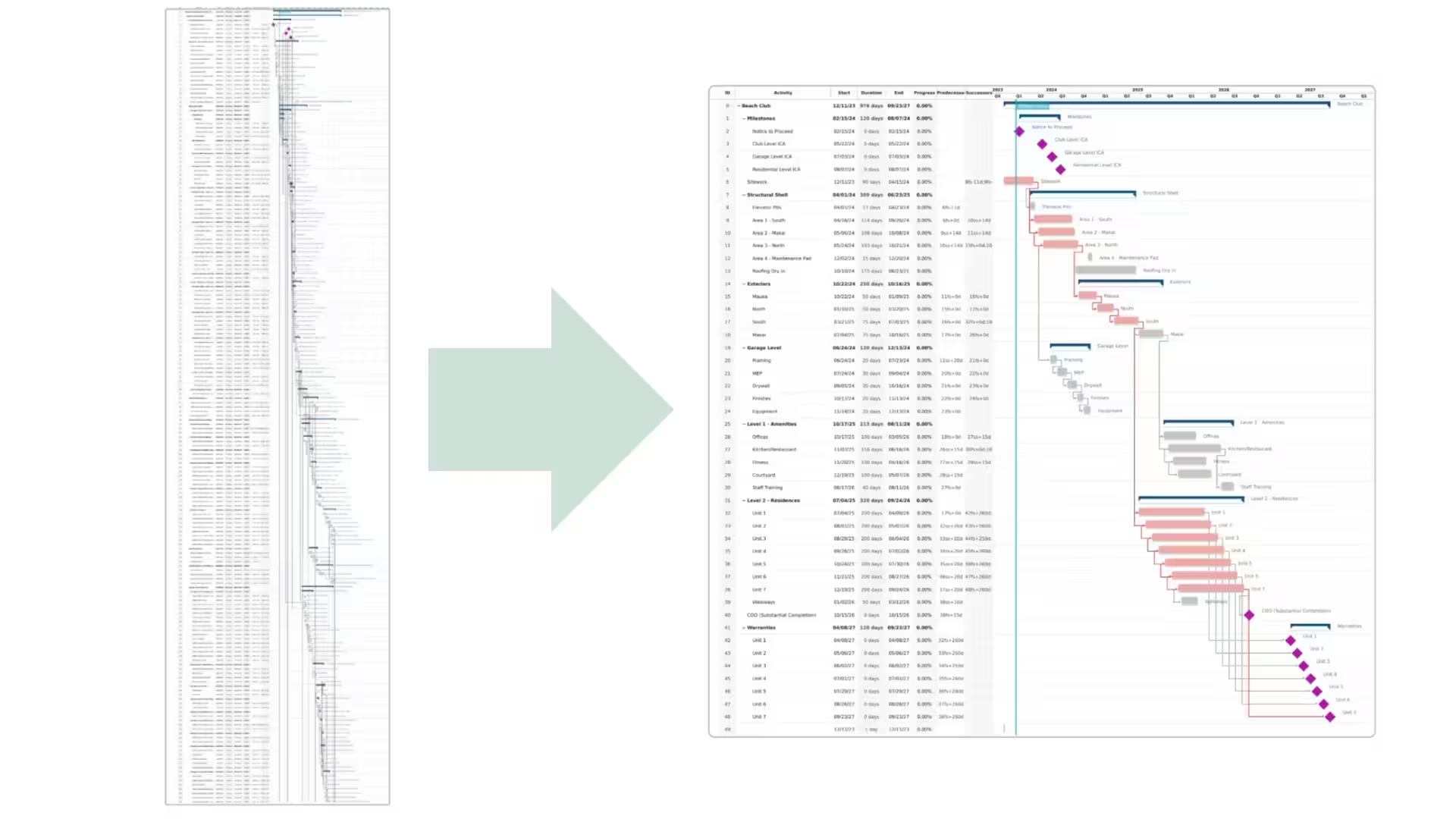
1. Most of us are Planning for the Past
Many of today’s scheduling habits come from past mistakes. Long ago, owners started asking for every detail upfront—because things went wrong, and they wanted more control.
In Built to Fail, Todd Zabelle outlines three eras of project delivery. Most of us are still operating in Era 2: the Era of Predictability. This approach relies on rigid planning, complex CPM schedules, and the illusion that everything can be forecasted upfront.
But the industry has moved on. Era 3 is where we should all be operating: Projects as Production Systems. This model treats construction more like manufacturing—focusing on flow, managing variability, and using real-time data to adapt. It’s less about control and more about outcomes.
Yet we’re stuck doing what we’ve always done:
- Building 2,000-line CPM schedules
- Making early guesses just to “check the box”
- Asking trades for detail they can’t realistically provide 12+ months out
But here’s the thing: Most owners aren’t actually asking for that anymore. We’re still doing it out of habit. We think it’s safer. But it often does more harm than good. Trades end up pencil-whipping the schedule because they are asked for granular detail too far out in the future. As a result, the plan keeps changing—and no one trusts it.

2. What Owners Really Want
Most Owners don’t care about every line item. They care about outcomes:
- Will the project finish on time?
- What’s getting in the way?
- Is the team being proactive?
They want clarity—not clutter. But instead of giving them that, we often hand them a 2,000-line schedule no one reads or follows.
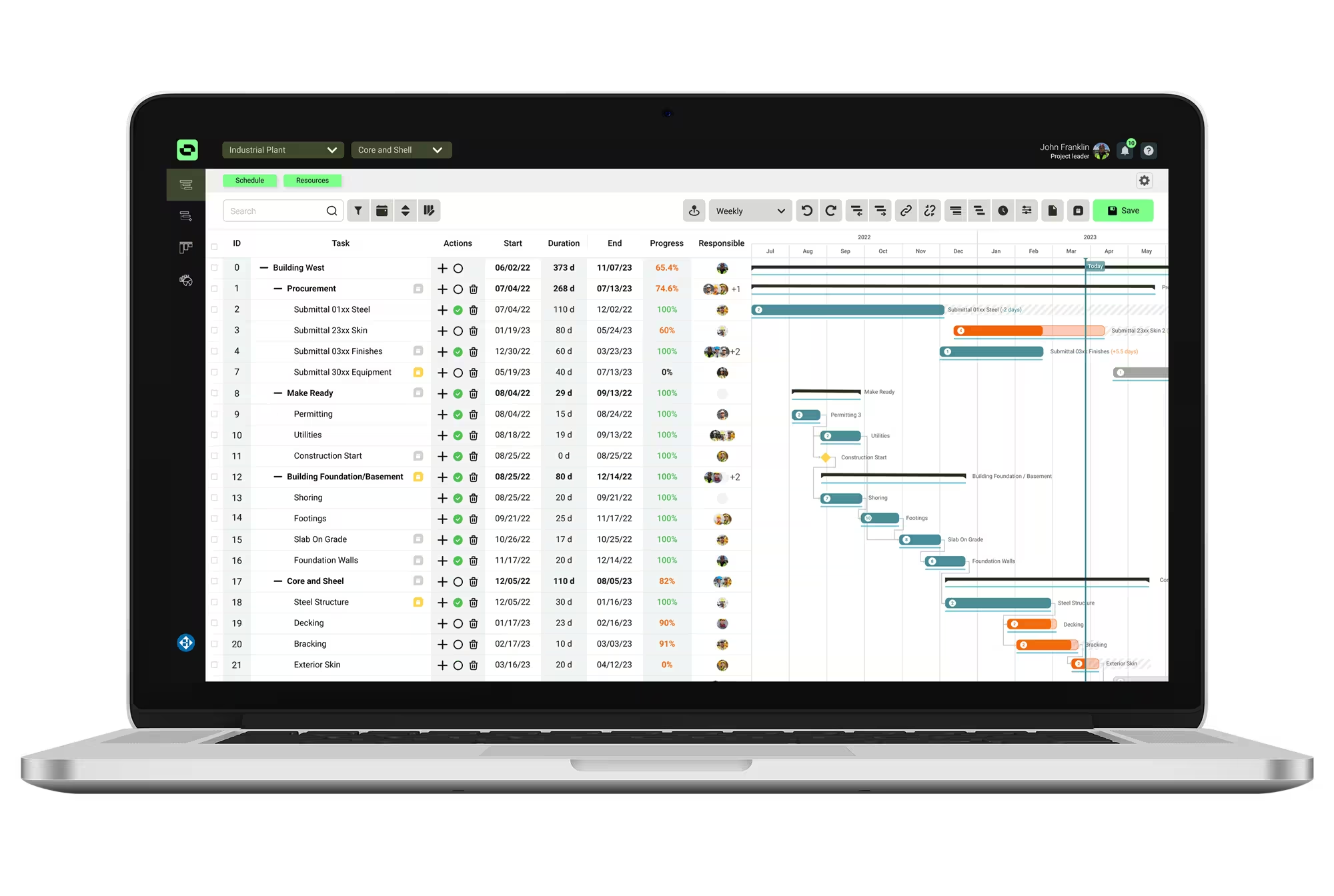
3. Over-Planning Comes at a Cost
Detailed early schedules don’t just waste time. They create real problems:
- Wasted effort: Teams build massive plans that change constantly
- Less trust: Trades feel micromanaged, not empowered
- Delayed feedback: Field input is often too late to matter
- False confidence: A perfect plan on paper can hide real issues in the field
When planning activities for a construction project, it is important to use the right schedule levels at key times.
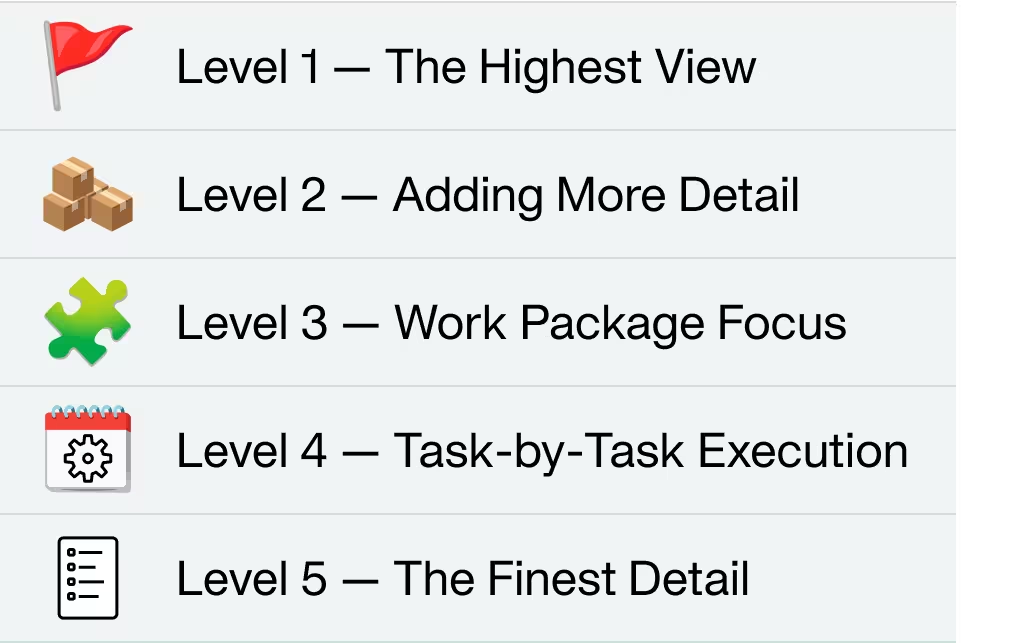
4. A Better Way: Plan in Layers
Owners don’t need every detail upfront. They need the right level of detail at the right time. Here’s a smarter approach to scheduling your construction project:
- Early phase: High-level milestones and known risks
- Mid phase: Lookaheads that show 2–6 weeks of real tasks
- Late phase: Weekly adjustments based on what’s actually happening
This layered approach gives the owner what they care about now—not guesses from six months ago.
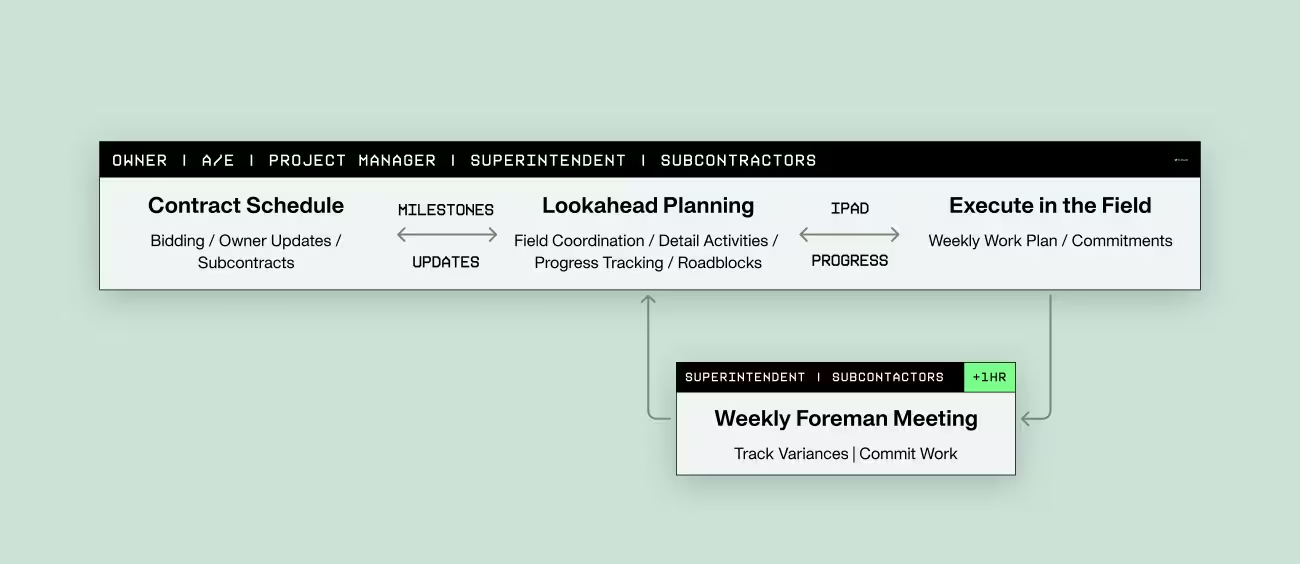
5. Involve the Field Early and Often
We often build schedules top-down, without input from the field. But the people doing the work know the most.
With tools like Outbuild, you can:
- Collect real feedback from crews
- Identify blockers earlier
- Update plans quickly and transparently
This makes the schedule a tool that teams really use. It is not just something the Project Manager updates for the owner's report.
In an industry where team members in construction management are juggling project scope, project budgets and quality control — all while trying to deliver projects on time, it is imperative we are not just completing tasks just to check a box. Construction project planning should be strategic, for all types of construction.
6. Ditch the “Just in Case” Information
A lot of schedule detail isn’t for the owner—it’s for us, just in case something goes wrong. We think: “The owner might want this. Let’s add it just in case.” But that kind of thinking creates bloated, confusing plans. Instead, ask:
- Who is this for?
- Will this help anyone do their job better?
- If the owner never reads it, should it be there?
If the answer is no—leave it out.

7. Stop Planning Like You're Prepping for a Lawsuit
Sometimes, we over-schedule because we’re afraid.
But that kind of thinking:
- Slows down progress
- Creates fear and finger-pointing
- Undermines trust
If the schedule exists mostly for legal reasons, it’s definitely not helping anyone build. Instead, scheduling tools like Outbuild help you surface issues in real time so you can fix them immediately.
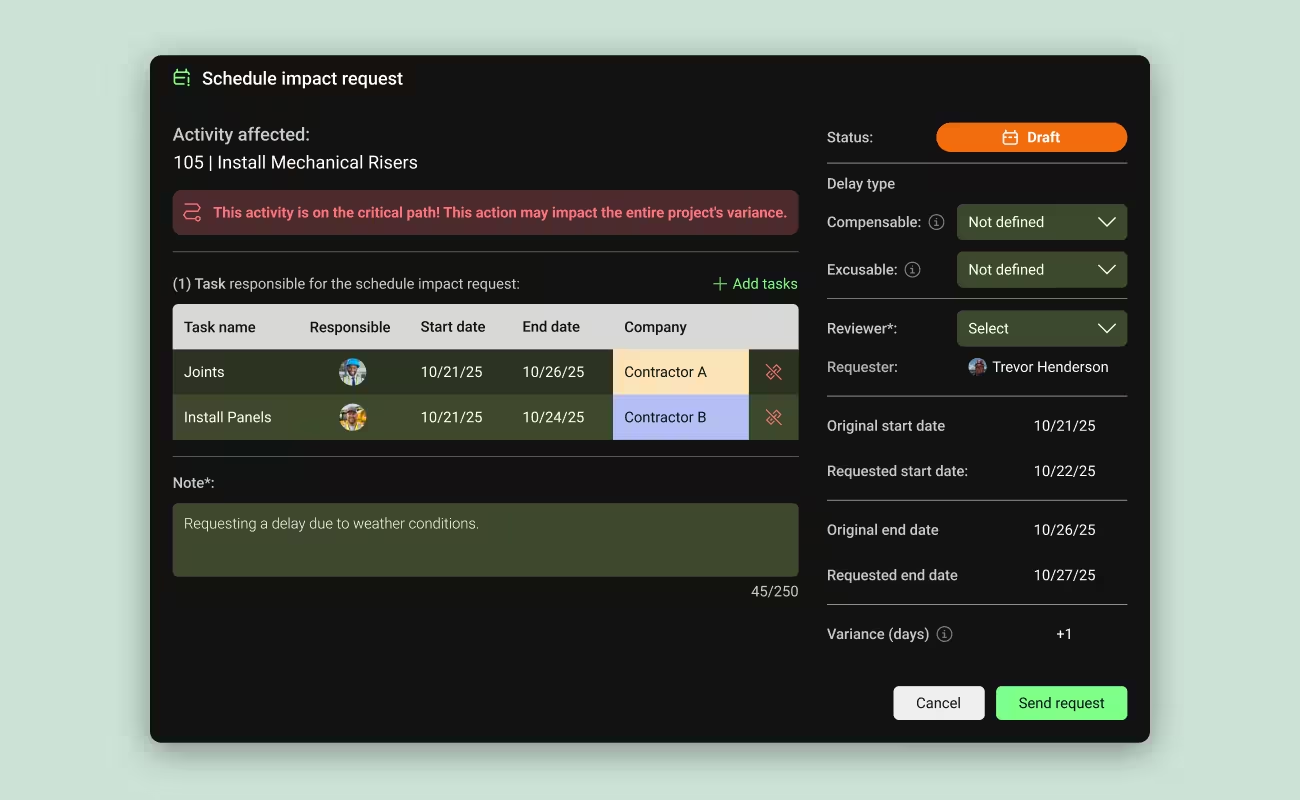
8. What Owners Actually Appreciate
You might be surprised by how much owners appreciate simplicity when it’s done well:
- Clear, visual updates
- Real-time blockers
- Honest conversations
- A team that’s organized and responsive
They don’t need a 40-page export. They need confidence and good planning. Confidence comes from consistency and clarity, not complexity.

9. Metrics That Matter
Let’s focus on the metrics that matter.
- How many field issues were flagged this week?
- What’s holding up progress?
- Are crews aligned for the next two weeks?
- What was the team’s planning reliability last week?
- How are we tracking for this week? (PPC)
These tell the real story. With real-time data tracking, Outbuild provides a clear picture of your project for you—without extra work.
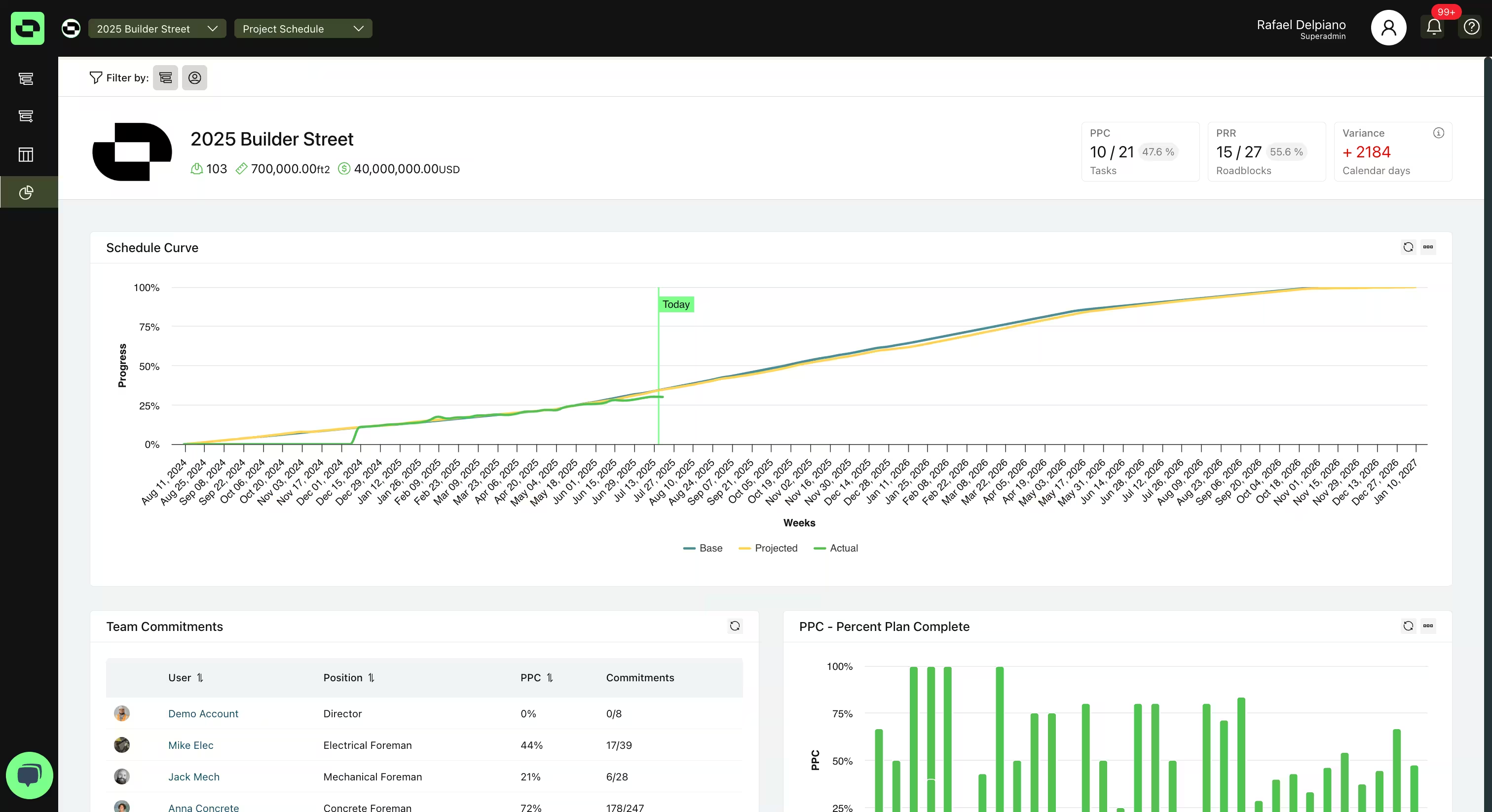
10. Final Thought: You Have Permission to Change
If you are reading this and thinking, “But that’s how we’ve always done it...” We get it. But, just because something has always been done a certain way, does not mean it is the best approach.

Still not convinced? Think about when someone overexplains something to you. The message starts to become diluted and suddenly, you stop listening. (This is the same idea!)
Most of us aren’t over-scheduling because someone asked us to. We’re doing it because it’s what we were taught.
But things are changing. And better tools—like Outbuild—make it easier than ever to:
- Plan smarter
- Collaborate better
- Deliver what owners actually need
Let’s build based on clarity, trust, and outcomes. Not outdated habits. Ready to embrace technology and innovation? You can save time and produce project schedules that Owners actually review. Start your 14-day free trial today. Or, sign up for a demo.
Frequently Asked Questions
Related Articles
Ready to see Outbuild?
Join hundreds of contractors from 10+ countries that are saving money by scheduling better









